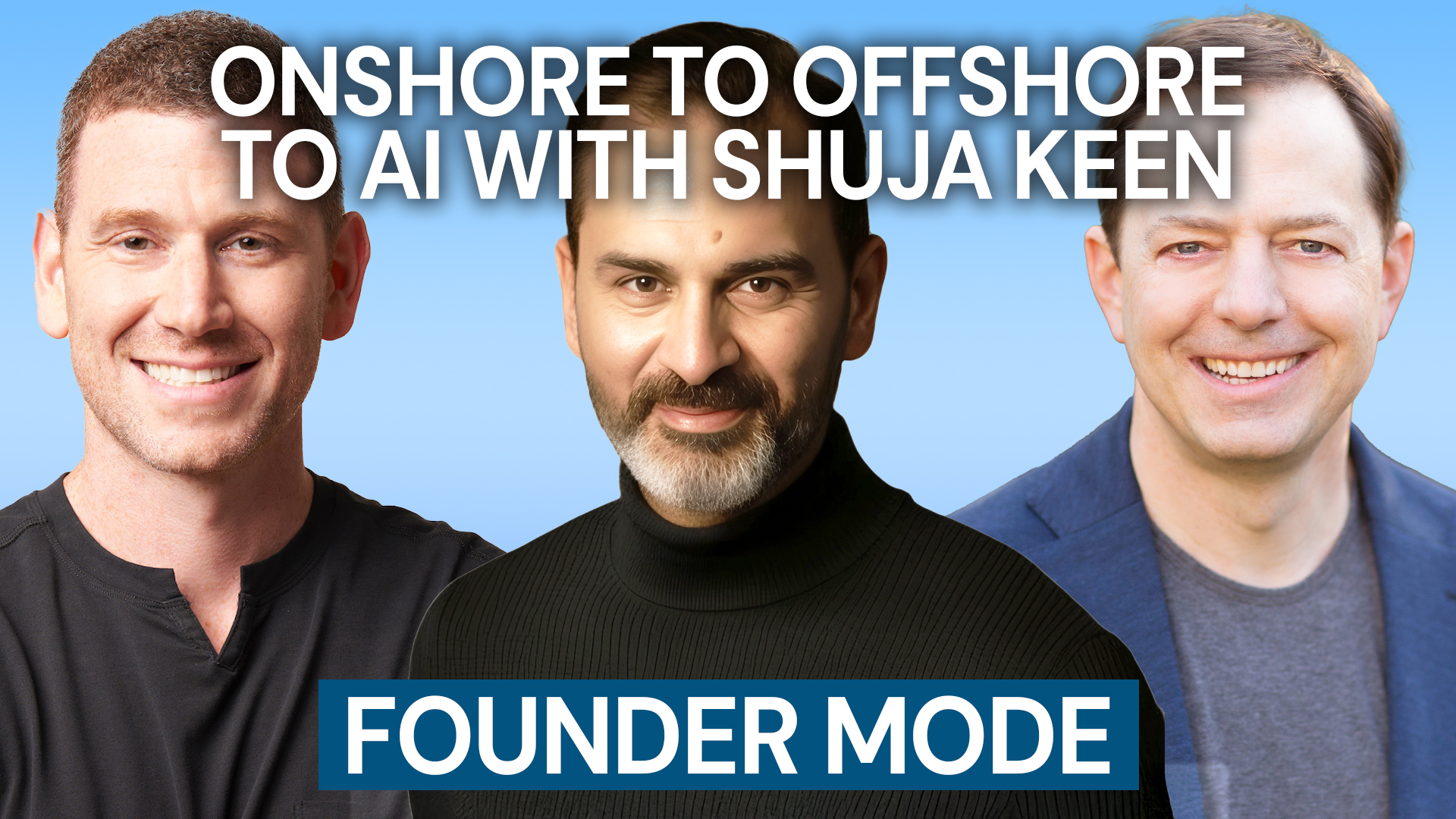
We hear inquiring minds what to know. In paid search marketing, often called pay-per-click (PPC) marketing, advertisers get charged each time a user clicks their ad. It’s essentially a way to buy visits to your site versus organically garnering those visits.
Advertisers bid for ad placement using relevant keywords in their chosen search engine’s sponsored links. That way, when a user searches for something related to the advertiser’s business, their ads will likely appear more prominently.
PPC really began with the launch of Google Ads in the early 2000s (Google Adwords back then) and has only grown since then. Its ability to offer targeted, data-driven, and result-oriented ad solutions that are scalable for businesses of all sizes has really contributed to its success.
PPC has become an indispensable tool for marketers looking to increase visibility, drive website traffic, and, ultimately, enhance return on investment (ROI).
Platforms for Paid Search Marketing
You can manage paid marketing campaigns on a few different channels; however, the leading platforms are Google and Bing.
- Google Ads: The most prevalent platform, benefiting from Google’s massive search volume and advanced targeting options.
- Bing Ads: Caters to the Bing search engine and offers a competitive alternative with typically lower cost-per-click rates and access to a distinct demographic of users that prefer Bing over Google.
- Other search network platforms, such as Yahoo Search Ads, can be valuable depending on the target audience.
Setting Up a Paid Search Campaign
A few factors go into ensuring that you run a successful paid search campaign.
First, advertisers must structure accounts and campaigns to align with marketing objectives and budgets.
Not to be forgotten is effective keyword research and selection. These keywords will trigger the ads to appear in search results. Keyword selection should identify terms most relevant to what’s being offered and what the target audience is actively searching for.
Next up is creating compelling ad copy that resonates with potential customers and encourages clicks. Advertisers can enhance visibility further and share additional content like reviews through ad extensions.
Bidding Strategies in Paid Search
A thorough understanding of bidding is a must for paid search marketing. Bid types include cost-per-click (CPC) and cost-per-impression (CPM), each for different campaign goals.
Advertisers choose between manual bidding and automated bidding. Manual bidding involves setting bids for specific keywords, while in automated bidding, algorithms adjust bids in real-time to achieve the best results based on set goals.
Continuously analyzing and adjusting bidding strategies is critical to maximizing ROI. This could look like targeting lower-cost keywords that still drive traffic or adjusting bids based on the performance time of day. The strategic manipulation of bids to align with the overall campaign objectives and budget constraints plays a large role in driving cost-effective traffic and maximizing campaign profitability.
Importance of Quality Score
Quality Score is a diagnostic tool platform like Google Ads used to assess the relevance and quality of your ads and keywords. A higher Quality Score reflects that an ad and its landing pages are more practical to someone looking at your ad than other advertisers. With a higher Quality Score, your costs will likely be lower, and ad positions will be better.
Factors Affecting Quality Score
Several factors contribute to the Quality Score, including keyword relevance, landing page content quality, click-through rate (CTR), and your historical AdWords account performance. Essentially, it reflects the combination of the user’s experience and the relevance of your ad content.
Tips for Improving Quality Score
Luckily, a Quality Score is something that marketers can improve.
Use high-intent keywords and group them effectively to create targeted ad groups. Take time to optimize your landing pages for both relevancy to the ad and the user. They should be informative, navigable, and aligned with search intent. Regularly refine your ad copy to improve CTR, and keep an eye on performance metrics so you can see what’s working and what’s not.
Targeting Options
Geographic Targeting
Geographic targeting is just what it sounds like – it allows advertisers to show ads to users based on their location. Advertisers can target by country, city, and even radius around a location, crafting their messaging to local trends, languages, or cultural nuances.
Demographic Targeting
Demographic targeting refers to selecting an audience based on age, gender, income level, education, etc. This helps advertisers zero in on segments most likely to convert, leading to more effective campaigns.
Device Targeting
With device targeting, companies specify which devices their ads appear on, such as desktops, tablets, or mobile phones. This matters because consumer behavior changes depending on the device. For example, mobile users may be looking for quick information, while desktop users might be closer to completing a purchase.
Time and Day Targeting
Dayparting, or time targeting, can increase efficiency by targeting users when they’re most active or more likely to purchase. For example, a business might increase its bids on weekends or during its physical store’s opening hours.
Tracking and Measuring Success
Conversion Tracking: Conversion tracking involves following users’ actions after they click your ads. These conversions can look like purchases, sign-ups, or downloads. Getting this data helps in understanding what resonates with users and drives ROI.

Expand your marketing team output with our experts
Let us take a custom approach to your growth goals by assembling and leading the best-in-class marketing team to support your next stage.
Key Performance Indicators (KPIs): Identifying the right KPIs is critical for measuring success. Common KPIs in the paid search include CTR, conversion rate, cost per conversion, and ROAS or return on ad spend.
Utilizing Analytics: There’s no shortage of the power of analytics. They can uncover user behavior, campaign performance across different segments, and potential areas for improvement. Analytics can also help with conversion attribution, directly impacting how advertisers refine paid search strategies.
Optimizing Paid Search Campaigns
Optimization isn’t just one-and-done. Reviewing metrics like click-through rates, conversion rates, and ROI to adjust bids, pause underperforming keywords, or tweak ad copy should be regularly incorporated into the process.
A/B Testing
A/B testing is a great way to optimize paid search campaigns. Creating two ad or landing page versions and testing them against each other helps identify which elements lead to better performance.
It can be as simple as swapping a heading, updating the calls to action, or completely altering the landing page layout. The data from these tests can guide future creative and strategic decisions.
The Role of Negative Keywords
Negative keywords play a big part in the optimization strategy. They prevent ads from being triggered by irrelevant search queries. By continuously refining the list of negative keywords, advertisers can reduce wasted spend and improve the quality of incoming traffic.
The Intersection of Digital Marketing Channels
How does paid search play with other channels? Pretty well, it turns out. Let’s dive in:
Search Engine Marketing (SEO): These channels are two sides of the same coin. While SEO focuses on organic search results, paid search buys visibility. When used together, they provide a comprehensive search strategy.
Social Media Advertising: These complementary channels target users at different customer journey stages. Social media often catches users earlier in the funnel, generating awareness, while paid search finds them in active demand, searching for something specific.
Email Marketing and Content Strategy: Insights from paid search can direct the content topics that resonate with the audience, and email marketing can nurture leads generated from paid search campaigns. This holistic approach ensures consistent messaging across different platforms.
A Quick Recap
Paid search marketing is a dynamic and essential part of digital marketing that directly drives traffic and generates conversions. It allows marketers to get granular, targeting audiences with precision and scalability.
The digital advertising landscape is ever-evolving, with new trends, tools, and best practices always emerging. By staying proactive, businesses can harness the full potential of paid search marketing for sustained growth.



